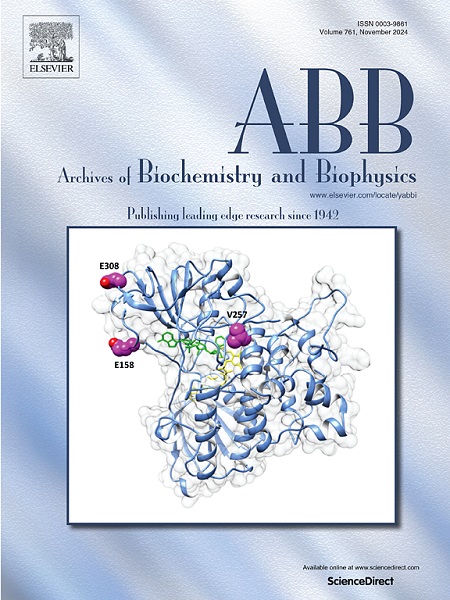Cuproptosis regulation by long noncoding RNAs: Mechanistic insights and clinical implications in cancer
IF 3.8
3区 生物学
Q2 BIOCHEMISTRY & MOLECULAR BIOLOGY
引用次数: 0
Abstract
Although survival rates have been improved in recent years, the prognosis of many cancer types remains inadequate, mostly owing to treatment resistance. Moreover, there is a continued need for exploring novel and reliable tumor markers to achieve accurate diagnosis. Understanding the molecular complexity of cancer allows for the development of more effective and personalized treatments and facilitates the discovery of biomarkers that surpass traditional ones and assist in cancer diagnosis and monitoring disease progression and response to treatment. Recent studies exploring the complexity of cancer biology have identified a new form of cell death, known as cuproptosis, which is driven by the accumulation of copper and subsequent stress induced by dysregulation of copper homeostasis. Increased copper level enables cancer cells to maintain their accelerated growth rates and metastatic potential, yet these cells can evade cuproptosis. Long noncoding RNAs (lncRNAs) have been recognized for their pivotal role in different hallmarks of cancer, including resistance to cell death. They have been found to be implicated in controlling copper balance and cuproptosis. Besides, lncRNAs associated with cuproptosis pathway have demonstrated their potential as diagnostic and prognostic cancer biomarkers as well as indicators of treatment response. Our review aims to summarize recent studies focusing on the intricate relationship between lncRNAs and cuproptosis and explore the mechanisms by which lncRNAs can modulate copper homeostasis and regulate cuproptosis pathway. We also highlight recent discoveries concerning the role of cuproptosis-related lncRNAs in diagnosis, prognosis, and therapy of different types of cancer. By elucidating the significance of cuproptosis-related lncRNAs, this review provides insights into how these lncRNAs can be used to develop new therapeutic strategies to improve treatment outcomes.

求助全文
约1分钟内获得全文
求助全文
来源期刊

Archives of biochemistry and biophysics
生物-生化与分子生物学
CiteScore
7.40
自引率
0.00%
发文量
245
审稿时长
26 days
期刊介绍:
Archives of Biochemistry and Biophysics publishes quality original articles and reviews in the developing areas of biochemistry and biophysics.
Research Areas Include:
• Enzyme and protein structure, function, regulation. Folding, turnover, and post-translational processing
• Biological oxidations, free radical reactions, redox signaling, oxygenases, P450 reactions
• Signal transduction, receptors, membrane transport, intracellular signals. Cellular and integrated metabolism.
 求助内容:
求助内容: 应助结果提醒方式:
应助结果提醒方式:


